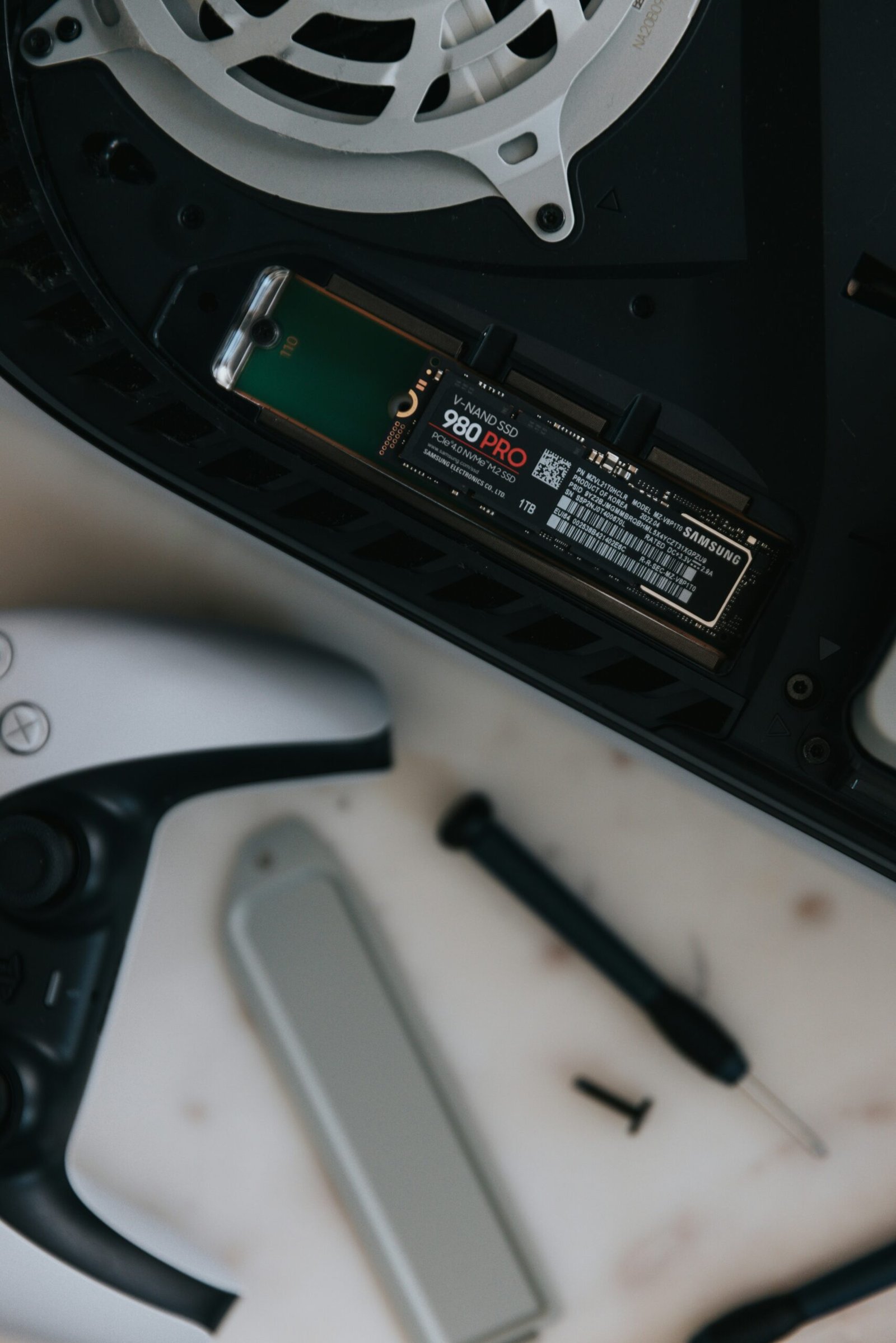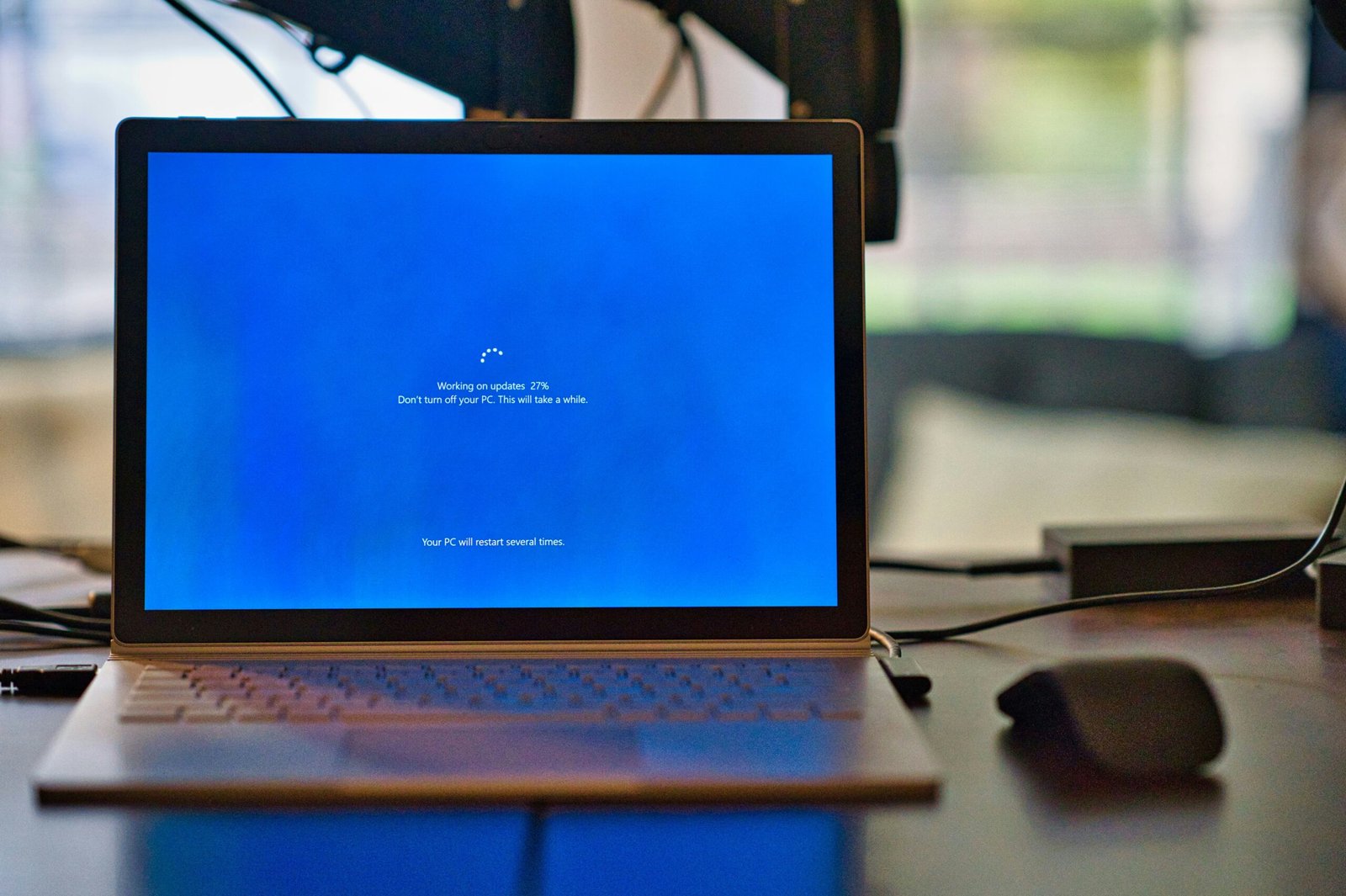The Evolution of Laptop Design: From Clunky to Sleek

In today’s fast-paced digital world, laptops have become an essential tool for work, communication, and entertainment. Over the years, laptop design has evolved significantly, transitioning from clunky and bulky machines to sleek and stylish devices that are both functional and aesthetically pleasing.
The Early Days: Clunky and Heavy
When laptops were first introduced, they were far from the portable and lightweight devices we know today. In the 1980s, the first portable computers were large and heavy, often weighing more than 10 pounds. These early laptops featured small monochrome displays, limited processing power, and a lack of user-friendly features.
As technology advanced, laptop manufacturers began to experiment with different designs and materials. The introduction of the clamshell design in the 1990s revolutionized laptop design. This design allowed for a more compact and portable form factor, with the screen folding down onto the keyboard.
The Rise of Thin and Light
In the early 2000s, the demand for thinner and lighter laptops grew, leading to the development of ultraportable laptops. These laptops were significantly lighter than their predecessors, often weighing less than 5 pounds. This was made possible by advancements in battery technology, as well as the use of lightweight materials such as carbon fiber and magnesium alloy.
Ultraportable laptops also introduced new features such as built-in webcams, improved graphics capabilities, and better connectivity options. These advancements made laptops more versatile and allowed users to stay connected and productive on the go.
The Era of Sleek and Stylish
In recent years, laptop design has taken a leap forward, with manufacturers focusing not only on functionality but also on aesthetics. Sleek and stylish designs have become a key selling point for many laptops, appealing to consumers who value both performance and looks.
One notable trend in laptop design is the use of slim bezels. By minimizing the size of the bezels around the display, manufacturers are able to fit larger screens into smaller form factors, resulting in a more immersive viewing experience. Additionally, many laptops now feature slim profiles and clean lines, giving them a modern and sophisticated look.
The use of premium materials such as aluminum and carbon fiber has also become more common in laptop design. These materials not only enhance the overall durability of the device but also add a touch of elegance. Some laptops even feature unique finishes, such as brushed metal or ceramic, further elevating their design appeal.
Functionality Meets Design
While sleek and stylish designs have become increasingly important, laptop manufacturers have not forgotten about functionality. Many laptops now feature innovative design elements that improve usability and enhance the user experience.
For example, the introduction of 2-in-1 laptops, which can be used as both a laptop and a tablet, has gained popularity in recent years. These devices feature a hinge mechanism that allows the screen to be rotated or detached, giving users the flexibility to switch between laptop and tablet modes.
Another design trend is the inclusion of backlit keyboards, which not only add a touch of elegance but also improve visibility in low-light environments. Some laptops even feature fingerprint scanners or facial recognition technology for enhanced security and convenience.
The Future of Laptop Design
As technology continues to advance, we can expect further innovations in laptop design. One area of focus is the development of foldable laptops. These devices feature flexible displays that can be folded or unfolded, allowing for a more compact form factor without sacrificing screen size.
Additionally, advancements in materials science may lead to the development of even lighter and more durable laptops. We may see the use of new materials such as graphene or carbon nanotubes, which have the potential to revolutionize laptop design.
In conclusion, the evolution of laptop design has come a long way from the clunky and heavy machines of the past. Today, laptops are not only powerful and functional but also sleek and stylish. As technology continues to evolve, we can expect even more exciting developments in laptop design, making them an indispensable tool for years to come.





